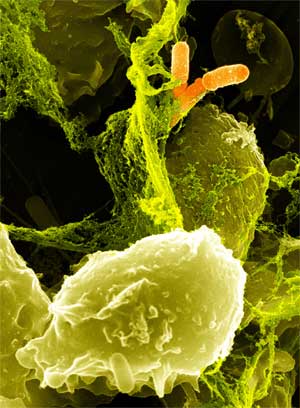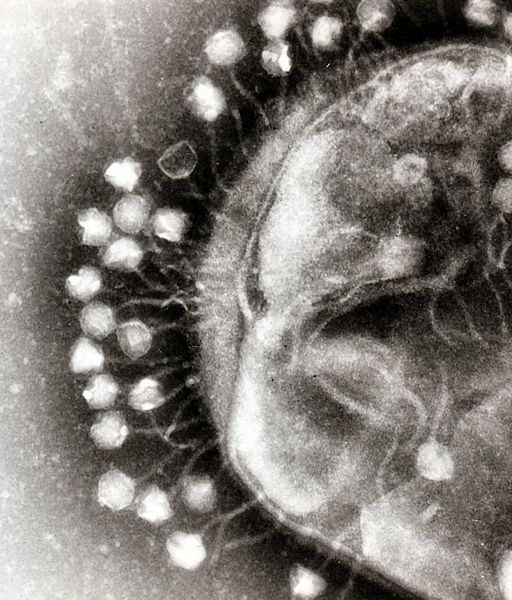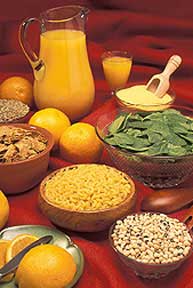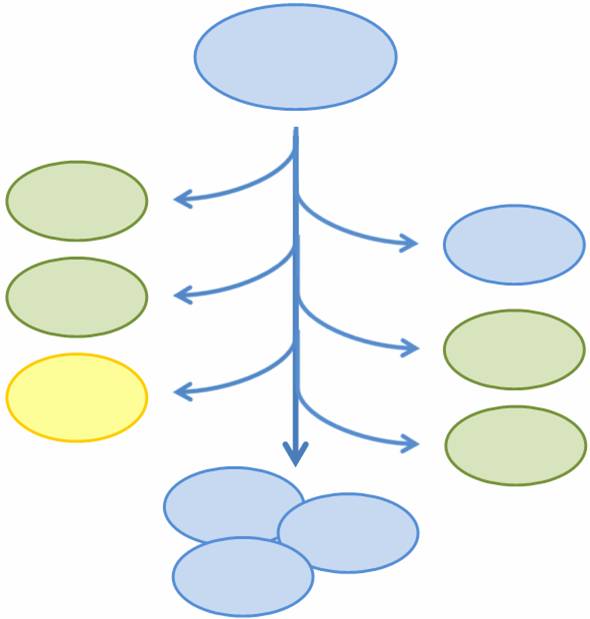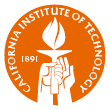Team:Caltech/Project
From 2008.igem.org
| Line 8: | Line 8: | ||
<font face="verdana" style="color:#BB4400">Note: Click on the subproject title or picture for a detailed description of the subproject</font></div> | <font face="verdana" style="color:#BB4400">Note: Click on the subproject title or picture for a detailed description of the subproject</font></div> | ||
<br> | <br> | ||
| - | |||
| - | |||
| - | |||
| - | |||
| - | |||
| - | |||
| - | |||
| - | |||
| - | |||
| - | |||
| - | |||
| - | |||
| - | |||
| - | |||
| - | |||
| - | |||
| - | |||
==[[Team:Caltech/Project/Oxidative Burst|<font face="verdana" style="color:#BB4400">Oxidative Burst</font>]]== | ==[[Team:Caltech/Project/Oxidative Burst|<font face="verdana" style="color:#BB4400">Oxidative Burst</font>]]== | ||
| Line 44: | Line 27: | ||
The second approach is more versatile, and can target more strains of pathogenic bacteria. The goal is to create a phasmid out of the genome of a temperate bacteriophage. A phasmid combines a E. Coli plasmid Origin of Replication with a linear phage genome, circularizing it. This allows the phasmid to pass on as a plasmid within E. Coli, however when transferred to its native host, the phage phage is induced. | The second approach is more versatile, and can target more strains of pathogenic bacteria. The goal is to create a phasmid out of the genome of a temperate bacteriophage. A phasmid combines a E. Coli plasmid Origin of Replication with a linear phage genome, circularizing it. This allows the phasmid to pass on as a plasmid within E. Coli, however when transferred to its native host, the phage phage is induced. | ||
{{!}}{{navimg|xsize=220|ysize=258|image=Phage.jpg|link=Team:Caltech/Project/Phage_Pathogen_Defense}} | {{!}}{{navimg|xsize=220|ysize=258|image=Phage.jpg|link=Team:Caltech/Project/Phage_Pathogen_Defense}} | ||
| + | {{!}}} | ||
| + | |||
| + | ==[[Team:Caltech/Project/Lactose intolerance|<font face="verdana" style="color:#BB4400">Lactose Intolerance</font>]]== | ||
| + | {{{!}} | ||
| + | {{!}}-valign="top" | ||
| + | {{!}}{{navimg|xsize=250|ysize=187|image=Milk.jpg|link=Team:Caltech/Project/Lactose_intolerance}} | ||
| + | {{!}} | ||
| + | Approximately 75% of adults worldwide suffer from lactose intolerance, the inability to metabolize lactose in the small intestine. We propose to treat lactose intolerance by engineering a strain of ''Escherichia coli'' that can reside in the large intestine. The engineered strain will sense lactose and subsequently release ß-galactosidase to convert lactose into glucose and galactose, both of which can be reabsorbed by the host. To treat lactose intolerance, our engineered bacterial strain will contain two plasmids: one with constitutive expression of a mutant lactose permease and ß-galactosidase, and the second with lactose-inducible expression of the λ phage lysis cassette. The mutant lactose permease allows the cells to import lactose under all conditions. When the cells uptake enough lactose, the second plasmid will induce cell lysis through activation of the λ phage lysis cassette, resulting in cell lysis and release of ß-galactosidase into the large intestine. Data covering the construction and characterization of these plasmid constructs is [[Team:Caltech/Project/Lactose_intolerance|<font style="color:#BB4400">discussed</font>]]. | ||
| + | {{!}}} | ||
| + | |||
| + | ==[[Team:Caltech/Project/Vitamins|<font face="verdana" style="color:#BB4400">Vitamin Production</font>]]== | ||
| + | {{{!}} | ||
| + | {{!}}-valign="top" | ||
| + | {{!}} | ||
| + | Folate, a term which encompasses the various forms of the vitamin B9, is an essential vitamin involved in everyday cell functions such as DNA replication. Unable to naturally produce folate, humans must obtain it from vegetables or folate-supplements. In regions with little or no access to these foods, folate deficiencies can cause serious birth defects. One possible solution to alleviate the effects of folate deficiency is to engineer a strain of gut microbes to produce bioavailable folate directly in the colon. A total of four heterologous genes, two from the folate biosynthesis gene cluster and two from the paraaminobenzoic acid (pABA) synthesis pathway, were tested. Using standardized genetic sequences, folate biosynthesis genes extracted from the ''Lactoccocus lactis'' genome were cloned into Biobricks plasmids, transformed into ''Escherichia coli'' and overexpressed. The effects of overexpression | ||
| + | were measured in terms of total folate and paraaminobenzoic acid levels. PABA, an intermediate in folate synthesis, was detected using [[Team:Caltech/Protocols/PABA_HPLC_assay|<font style="color:#BB4400">high performance liquid chromatography</font>]] (HPLC). Folate detection was achieved via a [[Team:Caltech/Protocols/Folate_assay|<font style="color:#BB4400">microbiological assay</font>]]. A measurable increase in folate production in ''E. coli'' would be a proof-of-concept for both the feasibility of engineering overproduction of folate in ''E. coli'' as well as using standardized genetic components to do so. | ||
| + | {{!}}{{navimg|xsize=193|ysize=288|image=Folate_foods.jpg|link=Team:Caltech/Project/Vitamins}} | ||
{{!}}} | {{!}}} | ||
Revision as of 22:30, 16 October 2008
|
People
|
Subprojects
Note: Click on the subproject title or picture for a detailed description of the subproject
Oxidative Burst
Phage Pathogen Defense
Lactose Intolerance
Vitamin Production
Population Variation
|
 "
"
